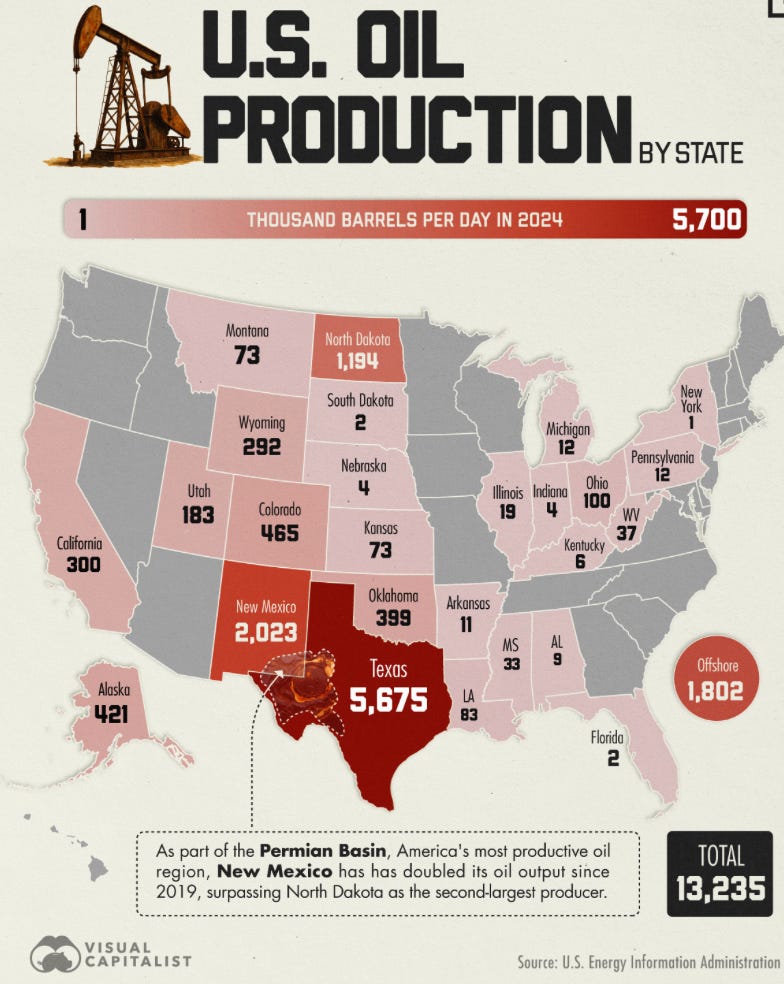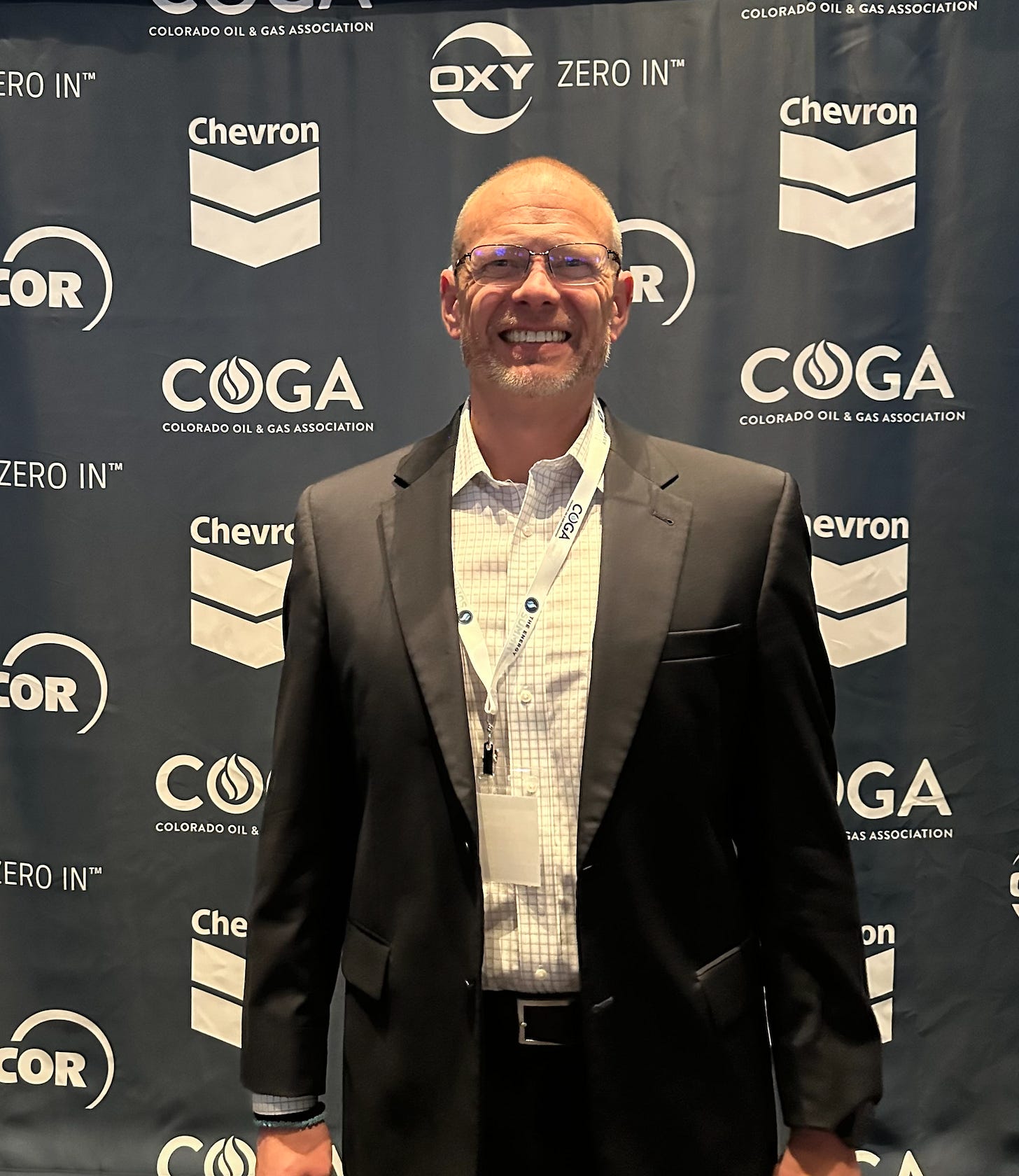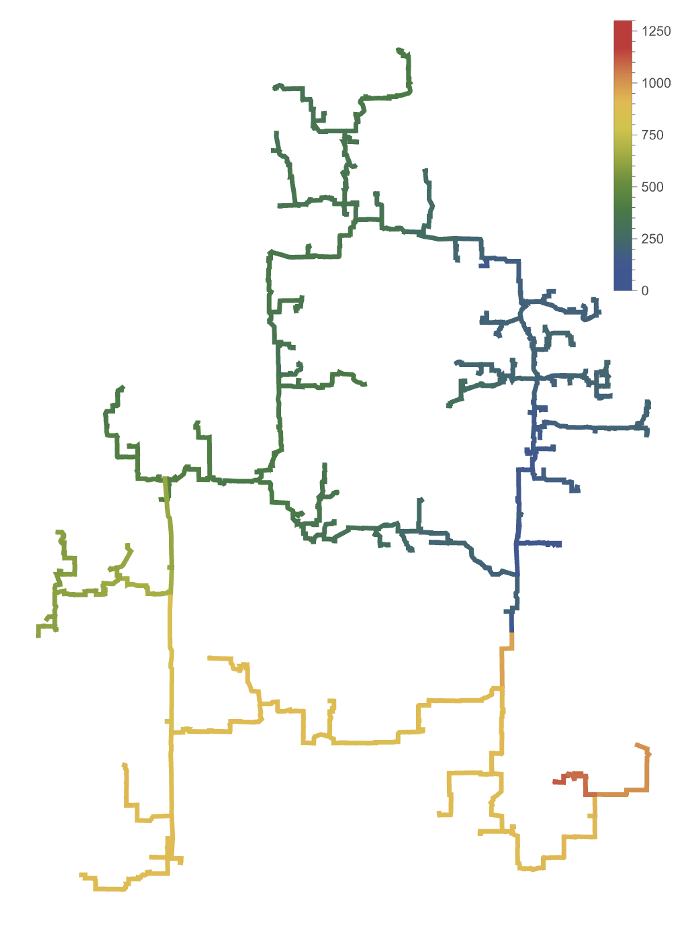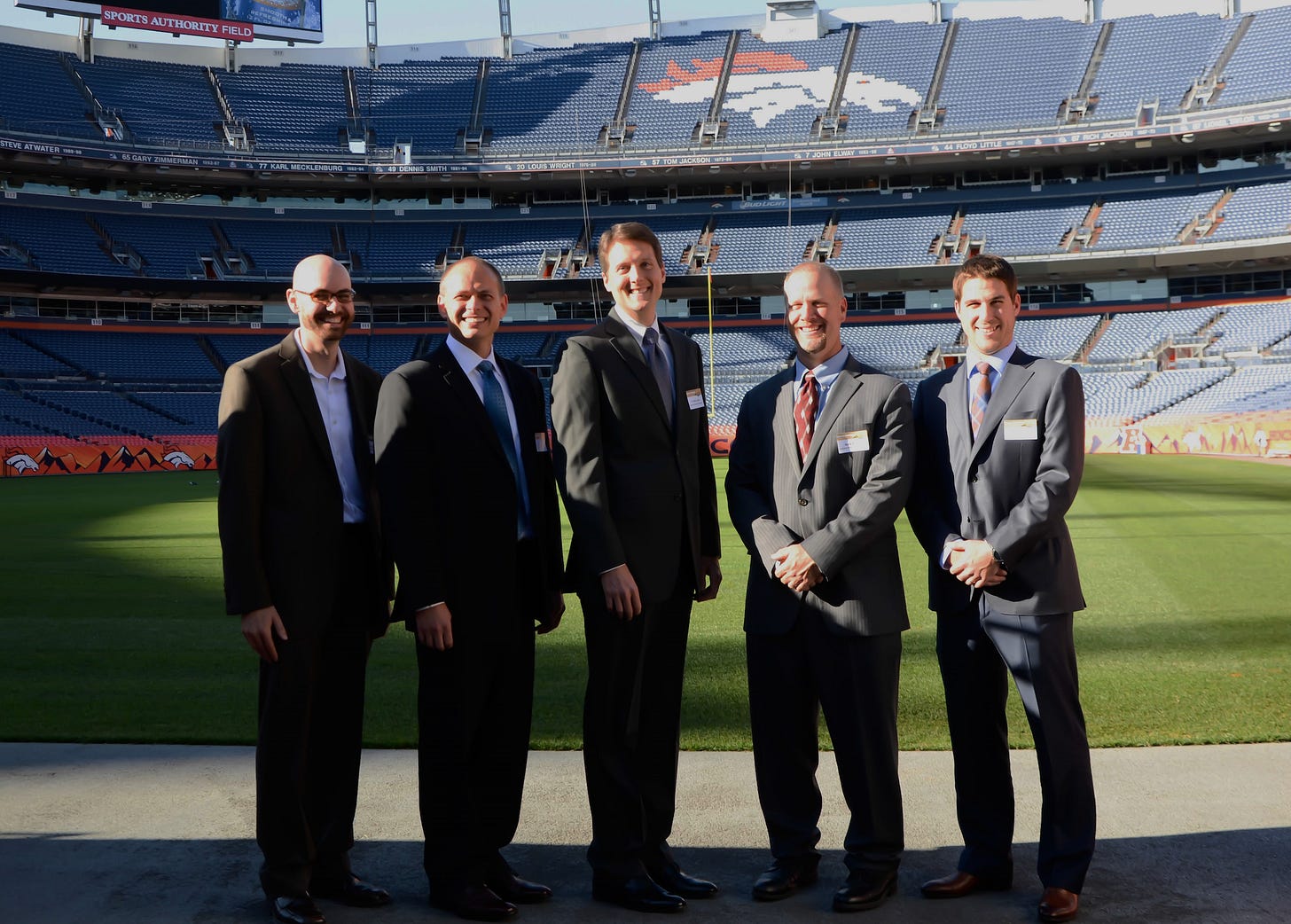Last week, I attended the 37th Annual Energy Summit, presented by the Colorado Oil & Gas Association (COGA). The symposium has evolved into a single afternoon event that follows COGA’s annual meeting agenda.
The afternoon highlights included the keynote address, two panel discussions, and closed with a networking happy hour. COGA serves as an advocacy group for the oil & gas industry, operating in the political and regulatory arenas within the state of Colorado. The Energy Summit is worth attending, as topics for discussion are important and interesting for anyone in the Energy space.
Rocky Mountain High
Folks outside Colorado may not realize the importance of Colorado in the O&G arena. It is a net energy exporter, is the #4 oil producing state and is the 8th highest gas producing state in the country.

Colorado is quite unique because of its abundant mineral resources, beautiful mountains and parks, and high population density all in close proximity. It is a challenging needle to thread when seemingly competing agendas collide: lots of people want to live in the state, they want easy access to pristine and untouched nature, and want affordable energy that provides the state a lot of jobs and revenue! I say seemingly because Colorado oil and gas is some of the cleanest oil and gas out there. Operators in the state have led the charge in curbing emissions, keep the smallest footprint possible with amazing technology, and continuously work together with community leaders and legislators for the best approach to providing affordable energy. It is no wonder COGA puts together an interesting set of topics each year.
The State of Energy in Colorado
The keynote presentation was given by Jimmy Fortuna (Enverus), who offered a wholistic perspective of Colorado Energy. Many of our engineer readers understand how messy things can get when looking at dynamic systems, yet Jimmy gave an excellent synopsis of Colorado against the backdrop of mineral production, reserves, and consumption; renewable energy production increases and total sources of electricity; and Colorado policy. His analyses were thorough and his graphics helped tell a story in which Colorado will have some interesting decisions to make. The answers to 3 big questions will tell what Colorado will look like five years from now:
How will operators continue to develop “easily accessible” crude oil inventories remaining in the Colorado basins (i.e. <$50/bbl crude)? And how will “lower tier” reservoirs be developed creatively to remain competitive? We’ve helped clients with their networks as they are expanding to handle the many complexities that come with larger networks.
Will we be able to access the large gas basins in Colorado due to proximity to communities and nature areas with existing regulations in place? Over 60% of Colorado’s electricity comes from coal. The current policy calls for 100% decommissioning of all coal plants by 2031, with zero plans to replace that energy. It feels like there’s a solution that could alleviate a lot of concerns.
Are the goals set by current policy for renewable energy, electrification, and reduction/elimination of coal sources achievable in the face of consumption, generation, and grid expansion needs? Wind and solar power are continually being introduced into state grids (all states, including Colorado AND Texas) and everywhere electricity prices are getting astronomically more expensive. That’s a disconnect. The current path is not in alignment with affordable power.
Pontem has been involved in the DJ, Powder, San Juan, and Green River basins since 2013, as AFS (shout out to anyone who attended our first Thinking Beyond… Symposium held at the Broncos stadium).
We continue to help clients maximize opportunities with our digital tools and domain expertise in production and multiphase fluid flow.
AI In The Oilfield
The first panel discussion topic was artificial intelligence and addressing fundamental questions around how it impacts operators, how it has been implemented thus far, and what role will AI play in the future? The consensus was AI is here to stay and all panelists believe there are benefits to utilizing AI in some capacity. There were suggestions that it was likely necessary for continued success, although the panel had different definitions around what guardrails are necessary to keep AI within the framework that fits best within the company guidelines. We have seen this in practice with our projects and it has been critical that we are nimble enough to operate within our clients boundaries.
Another interesting point discussed was the many ways companies are utilizing AI. There is definitely not one-size-fits-all applications and operators discussed several different philosophies in which they have found success with AI. As companies navigate the roles AI plays, it seems the most successful operators and service companies will be the most nimble and adaptable.
Reshaping Colorado’s Regulatory Landscape: SB19-181
SB19-181 was put in place six years ago and the afternoon’s second panel discussion offered a look back on the impacts of the legislation. One of the consequences of the legislation was to make permitting more strict, and the process has had the effect of much longer permitting time, although over the years that trend has started to decline. A profound statement was made during the discussion in that the legislation was to create a shift in thinking: prior to the new regulations the starting point was with the minerals in the ground, and we figured out how to get them to the surface. Now, the regulations want the surface to be the primary focus and from there figure out how to get to some of those minerals.
Closing Thoughts
Many of the challenges facing Colorado are not in isolation. The difference is there are real opportunities to develop resources to provide affordable electricity that is cleaner, allows Colorado to continue to be a net energy exporter, and provides significant, high paying jobs and revenue for the state it desperately needs. In order to realize those amazing things we, as an energy community, need to put in place a pragmatic energy policy that allows many needs to be met, while providing sorely needed affordable energy to the great state of Colorado.







